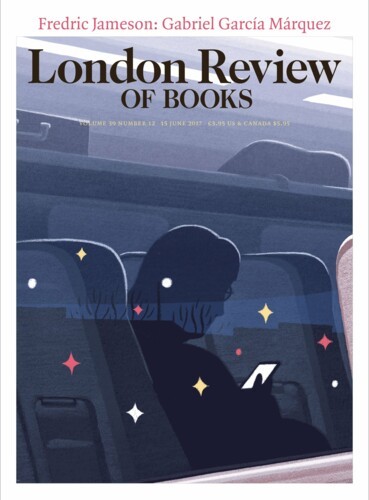Play Again?
Matthew Reynolds: Douglas Coupland’s ‘JPod’, 3 August 2006
“... franchise, and spam emails offering penis enlargements and fat sums of money from Nigeria. This no man’s land of media culture is Coupland’s home ground. The astonishingly full and varied body of work that began with Generation X in 1991 is populated by alienated characters: a beauty queen, a medium, people caught up in human-interest news stories (high ... ”
